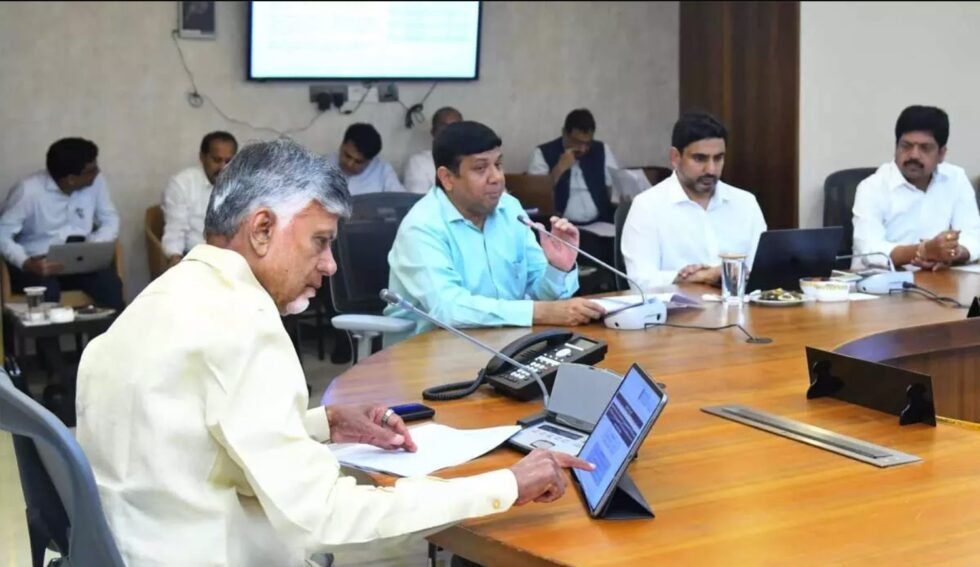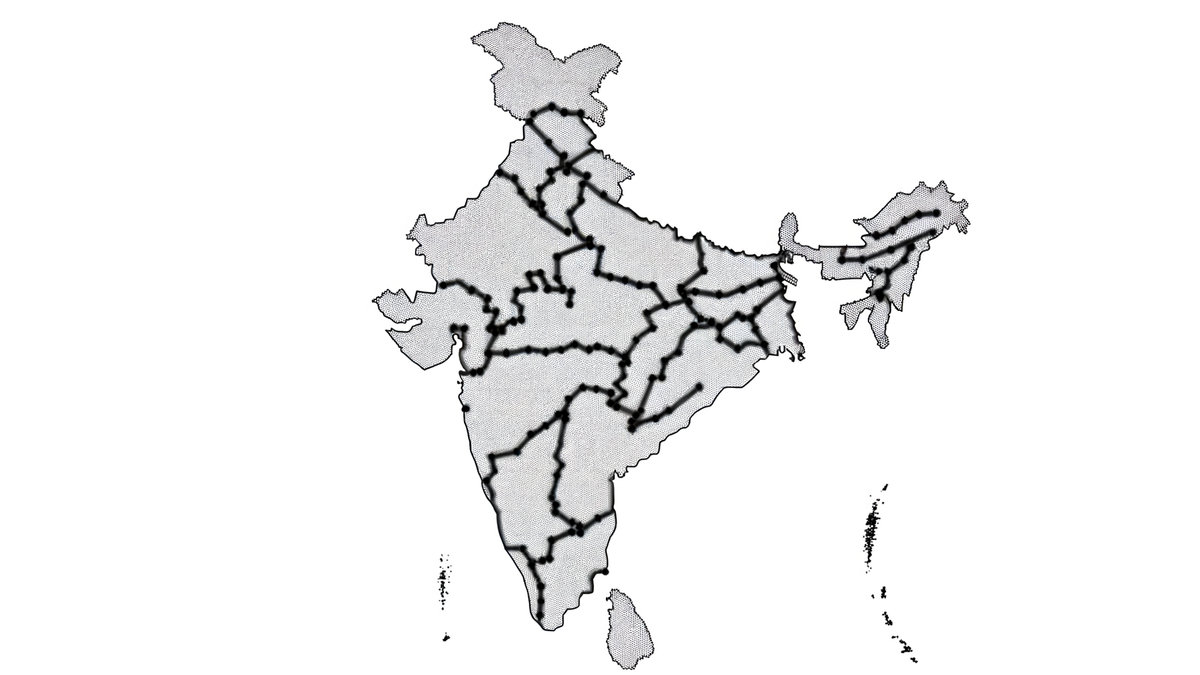
In a recent address from Vijayawada, Chief Minister N Chandrababu Naidu highlighted the superior scale of Andhra Pradesh’s welfare schemes compared to its neighbours, asserting that benefits offered by AP’s welfare initiatives are quadruple those of adjacent states. This claim comes amid discussions on the effectiveness and reach of government schemes in elevating the socio-economic status of the population.
Naidu’s attention to welfare is part of a broader agenda to position Andhra Pradesh as a leader in social security, emphasizing the state’s commitment to reducing poverty and enhancing the quality of life for its residents. “Our welfare schemes are designed to ensure that no one is left behind in the state’s journey towards progress,” Naidu stated, pointing specifically to initiatives such as the Annadata Sukhibhava farmer support program and the Chandranna Bima insurance scheme.
However, this bold claim invites scrutiny, especially when juxtaposed against the welfare measures in neighboring states such as Telangana, Karnataka, and Tamil Nadu, which also boast significant investments in social welfare. Experts suggest that while Andhra Pradesh’s initiatives are commendable, the effectiveness of welfare programs should not solely be measured by the expenditure but by their impact and reach.
Comparative data shows that Andhra Pradesh’s welfare schemes cover a broad spectrum, including agriculture, healthcare, insurance, and education, focusing on inclusivity. Nonetheless, neighboring states are also innovating, with schemes like Telangana’s Rythu Bandhu, which provides direct investment support to farmers, and Karnataka’s Bhagya schemes aimed at healthcare and education for the underprivileged.
In conclusion, while Naidu’s statement on Andhra Pradesh’s welfare schemes being superior in comparison to neighboring states underscores a commitment to social welfare, it also opens up a dialogue on the metrics of comparison. It’s crucial for policymakers to continually assess and learn from each state’s approach to maximizing the impact of welfare initiatives on the intended beneficiaries.









